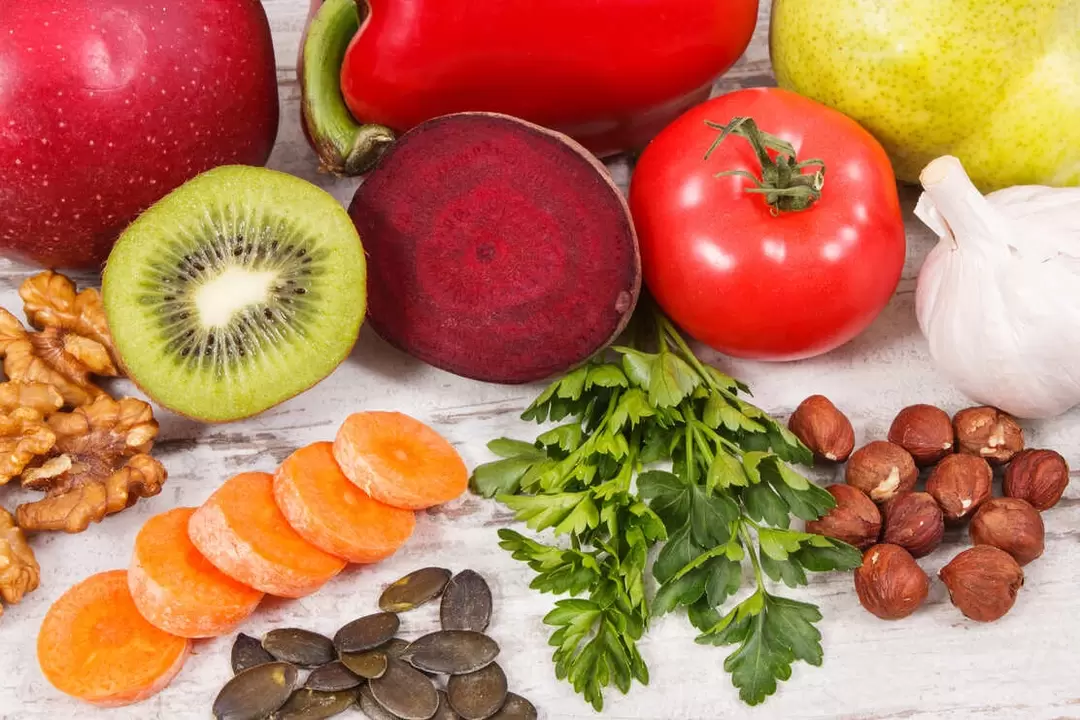Basic principles of diet
Disable product

- cakes and pastries;
- canned food;
- legumes;
- bake;
- internal organs;
- Processed meat products (sausages, frankfurters, etc. );
- fatty fish;
- chocolate;
- Spicy, salty, smoked, pickled foods;
- fast food;
- mushroom;
- Any alcohol, especially wine and beer;
- Cocoa, strong black tea, coffee.
Authorized products

- dietary meats (rabbit, chicken, turkey);
- Eggs (a small amount);
- fermented dairy products;
- Vegetable oils (linseed and olive oil are the best choices);
- seafood;
- pasta, cereals;
- low-fat fish varieties;
- Fresh fruits and vegetables not included in the banned food list;
- Jam, fudge, marshmallows;
- Candy without chocolate;
- Dried fruits (except raisins);
- Honey.
Gout Diet: Table 6
- It is necessary to completely exclude purine- and oxalate-rich foods from the menu;
- It is necessary to limit the intake of salt; in particularly severe cases, the product is completely excluded from the diet;
- Milk, vegetables and other alkaline foods must be on the table;
- If there are no contraindications (kidney disease, heart disease and some other diseases), then you need to significantly increase fluid consumption, thus promoting the rapid elimination of urate from the body;
- It is necessary to minimize the content of refractory fats and animal proteins;
- If the patient is obese, the carbohydrate content of the diet needs to be reduced.
important!No need to self-treat. The formulation of the diet should be carried out by experts. The Sixth Diet, although effective, may not be suitable for all patients. Much depends on the age of the patient, the duration of the disease, and the presence of concomitant conditions. For example, if a person suffers from obesity in addition to gout, he may be prescribed Diet No. 8, which imposes stricter restrictions.
What to eat during a gout attack in men and women
drinking habits
Sample menu of the week
on Monday
- For breakfast, you can boil an omelette, bake or steam it, and have 150 grams of vegetable salad and a few slices of bread.
- For lunch, you can make vegetable soup and eat some low-fat boiled or steamed fish.
- For dinner, prepare a vegetable stew with eggplant and zucchini and a piece of bread.
Tuesday
- For breakfast, prepare oatmeal and dried or fresh fruit.
- For lunch, serve pilaf with slices of lean chicken, no need to fry.
- For dinner, stew vegetables with potatoes and low-fat cheese and bake in the oven. You can also eat a piece of bread.
Wednesday
- Breakfast: egg white omelet, carrots and fruits, light milk tea.
- Lunch: Rice soup, cauliflower stewed in milk, candied dried fruits.
- Dinner: Pasta with sugar and cheese, gazpacho, kefir.
Thursday
- For breakfast, they prepare a cheese salad with cucumbers, scallions and unsalted cheese, topped with nut butter. You can have a piece of bread. Cleanse everything with rosehip soup.
- For lunch, you can cook fish soup, make a salad with beets and sour cream, eat 2 potatoes with skins and drink preserves.
- For dinner they had rice porridge with milk. As a drink, chicory is added to milk.
Friday
- Breakfast: Cheesecake or cottage cheese cooked in the oven with sour cream, fruit.
- Lunch: Vegetable sauce, durum pasta, seafood.
- Dinner: buckwheat porridge and lean fish, baked in the oven.
Saturday
- For breakfast, they boiled wheat porridge with water and ate dried fruits.
- Prepare vegetable soup for lunch. You can also eat a piece of bread and some pumpkin seeds.
- Dinner, stewed vegetables, boiled eggs, seafood.
Sunday
- Breakfast: natural yogurt, cheese sandwich, light tea.
- Lunch: vegetable and barley soup, potato chips with sour cream.
- Dinner: A piece of lean meat, fresh vegetable salad, buckwheat porridge.






























